Light Art
Light Art transforms illumination into a medium of expression – shaping space, perception, and meaning. Among our collaborations are wall works by Joseph Kosuth, Sherrie Levine, and Cindy Sherman; light boxes by Anish Kapoor, Alfredo Jaar, and Zarina Bhimji; and sculptural or installation-based pieces by Olafur Eliasson and Dan Flavin, perhaps the most iconic artist to work with light as a primary medium. Though formally diverse, these works all engage with the aesthetic and conceptual potential of light – using it to reveal, question, and reframe how we experience the visual world.
Sort & Filter

Rachel Whiteread
Lamp, 2009
EUR 2,500

Jenny Holzer
Amber Essays / White Arno / Blue Blue / Green Survival, 2003

Anish Kapoor
Svayambh, 2007
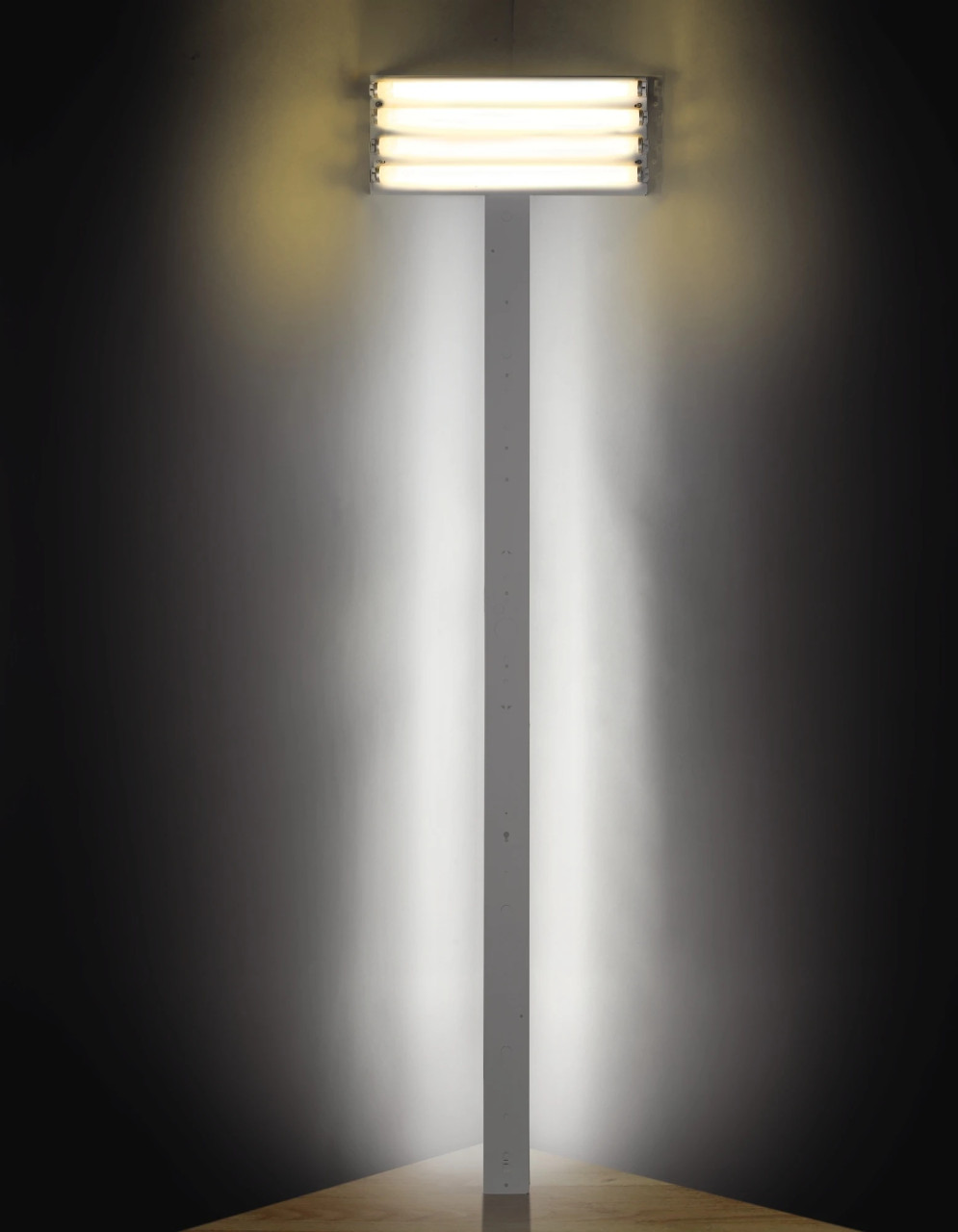
Dan Flavin
Untitled (to Jörg Schellmann), 1994
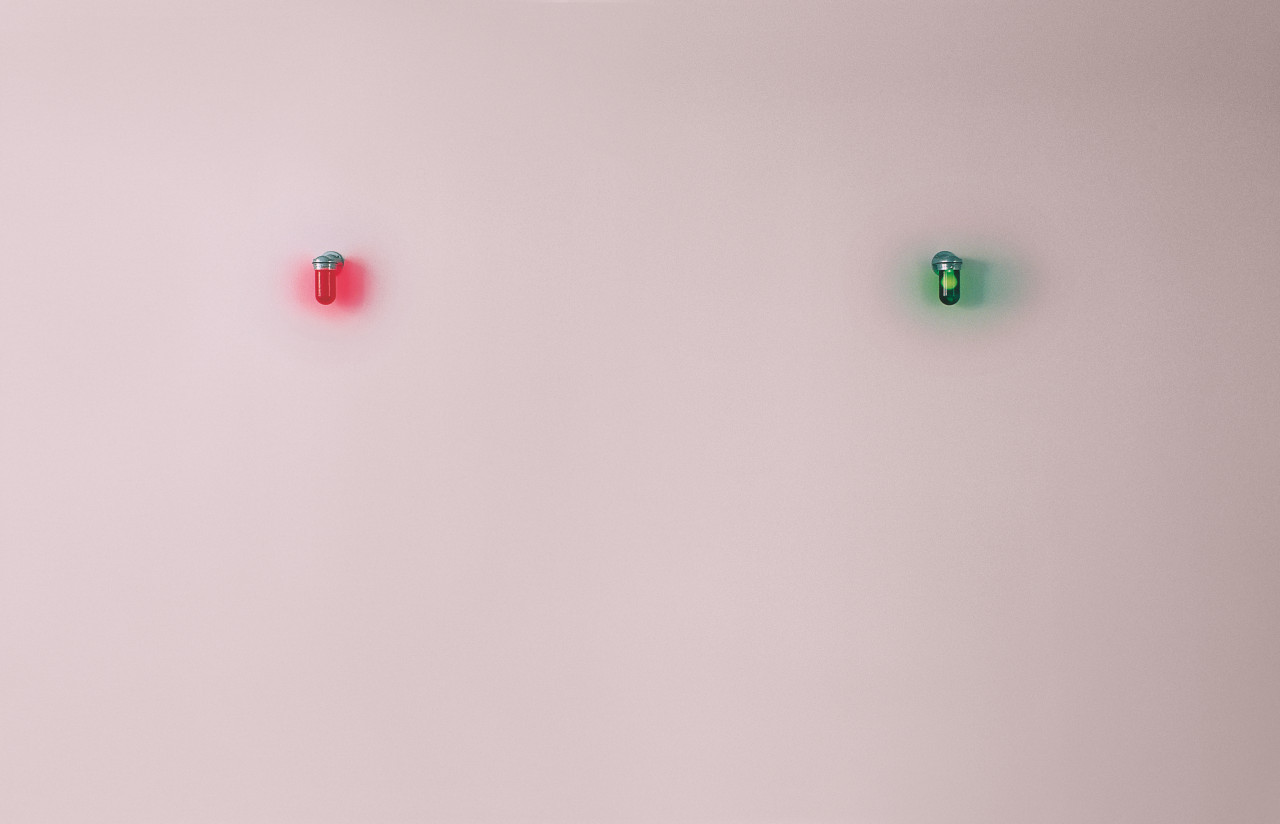
Sherrie Levine
Pharmacie, 1996
EUR 12,000
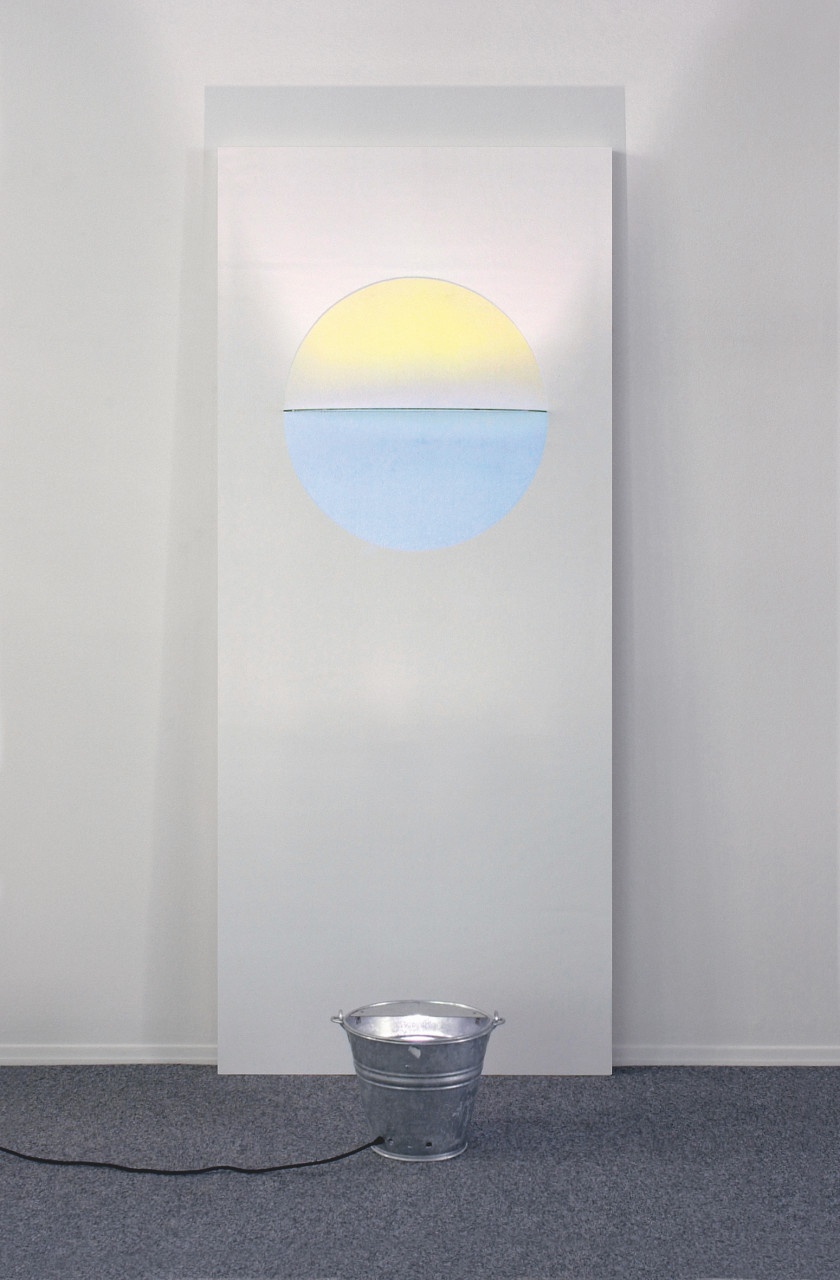
Olafur Eliasson
Sunset Door, 2006
EUR 25,000
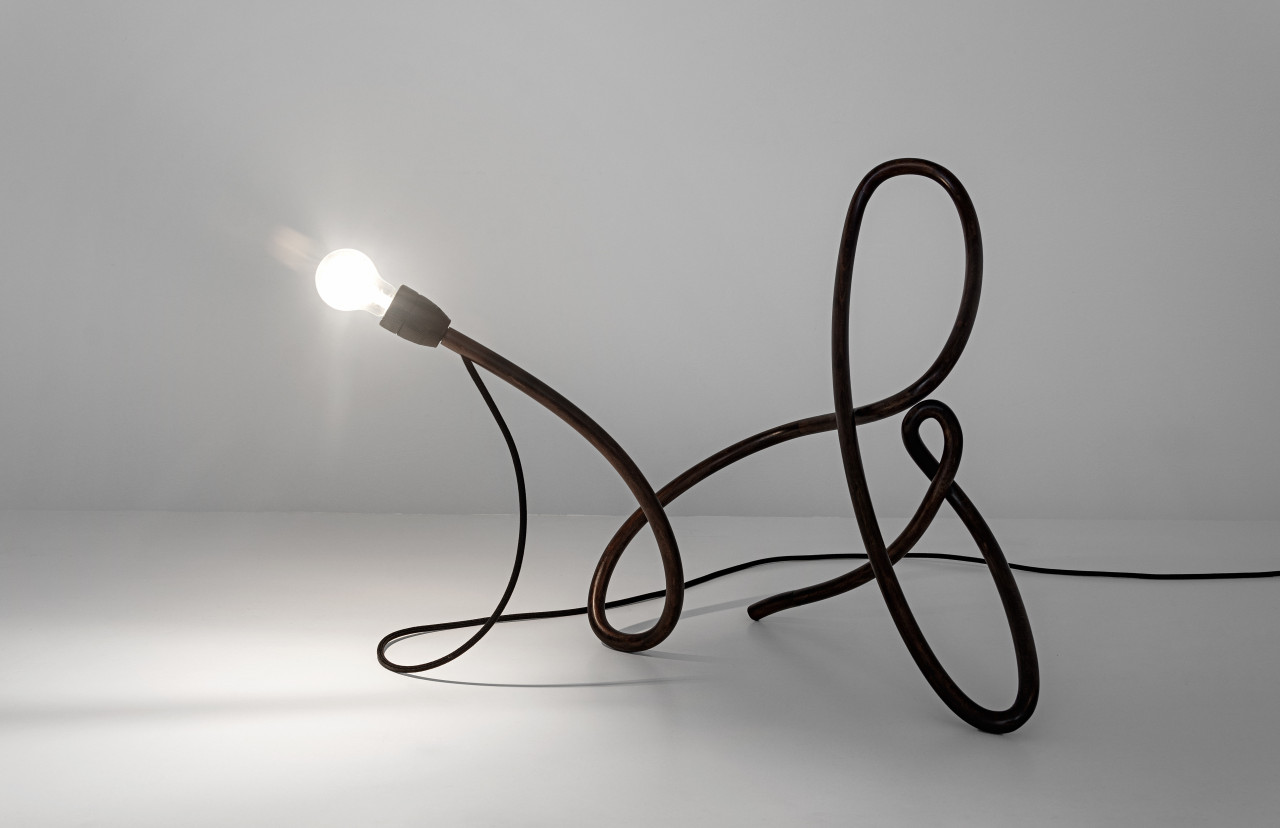
Tobias Rehberger
Spy, 2019
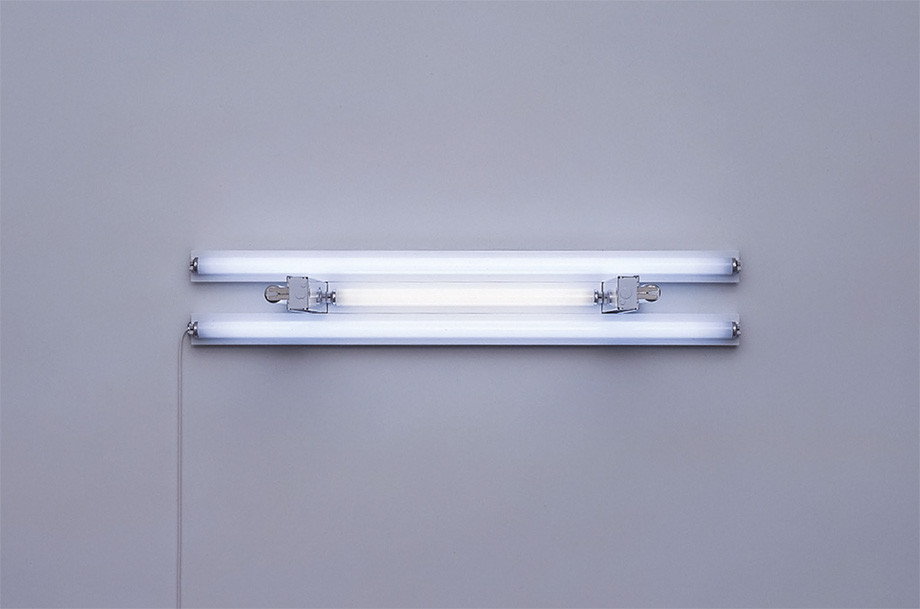
Dan Flavin
Untitled (to Mary Elizabeth), 1992

Joseph Kosuth
Sigla, Finnegans Wake, 1998

William Eggleston
Untitled (Mayfield, Kentucky) ca. 1999-2000, 2002
EUR 7,500

Dan Flavin
Untitled (to Jörg Schellmann), 1994

Gerhard Merz
Light, 2008
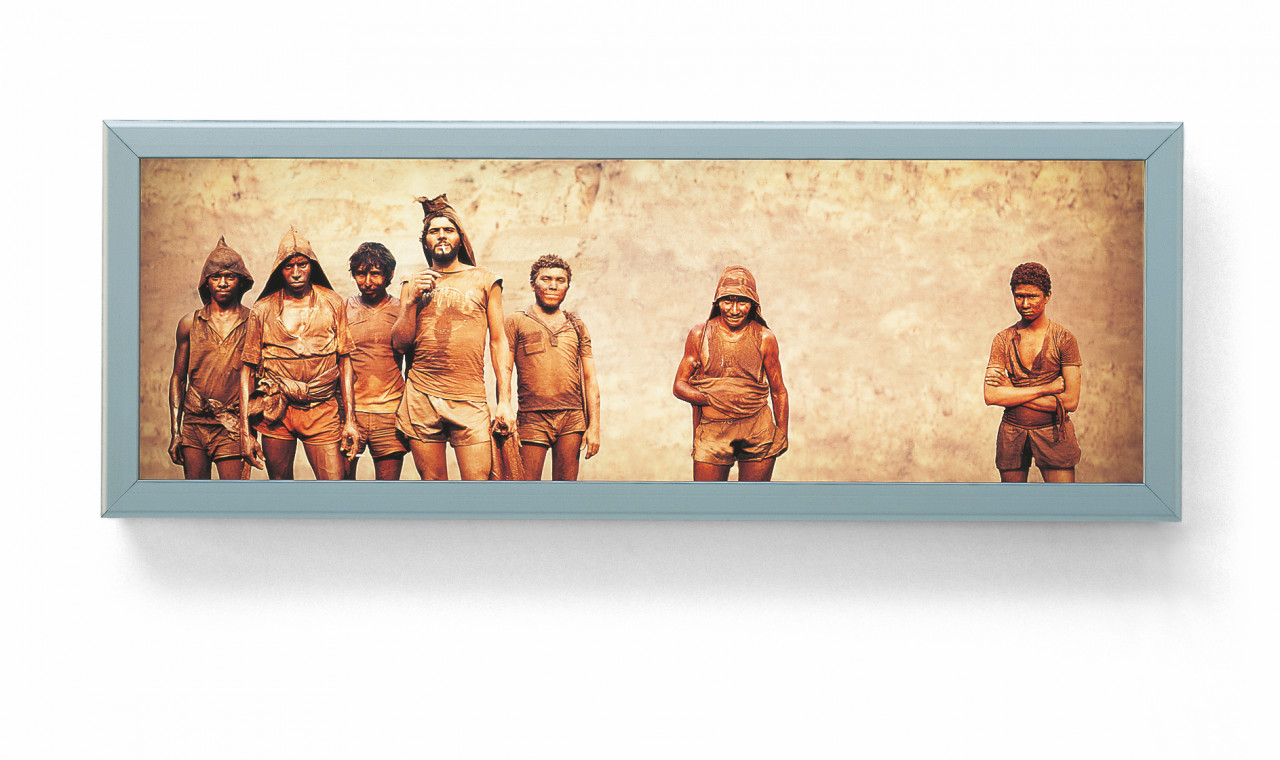
Alfredo Jaar
Gold in the Morning 1985, 2002
EUR 10,000
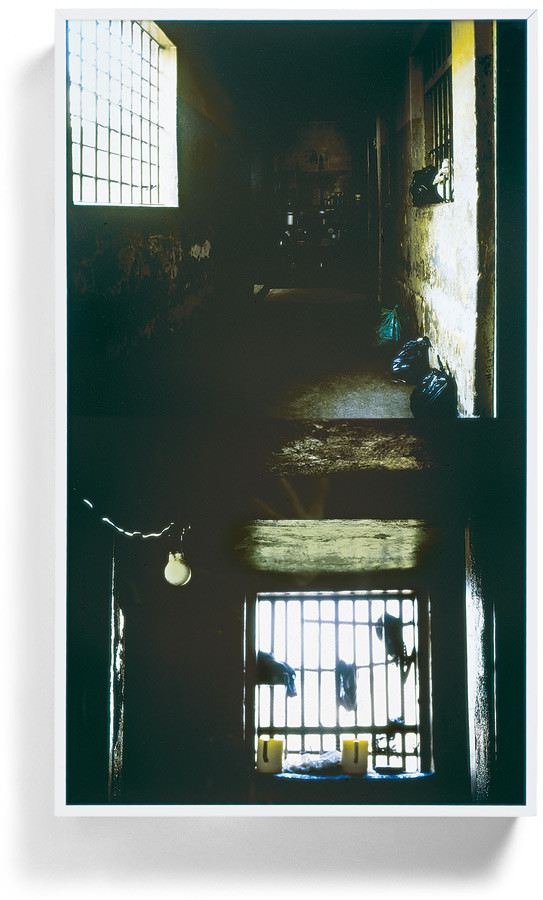
Zarina Bhimji
Murmur, 2002
EUR 2,500
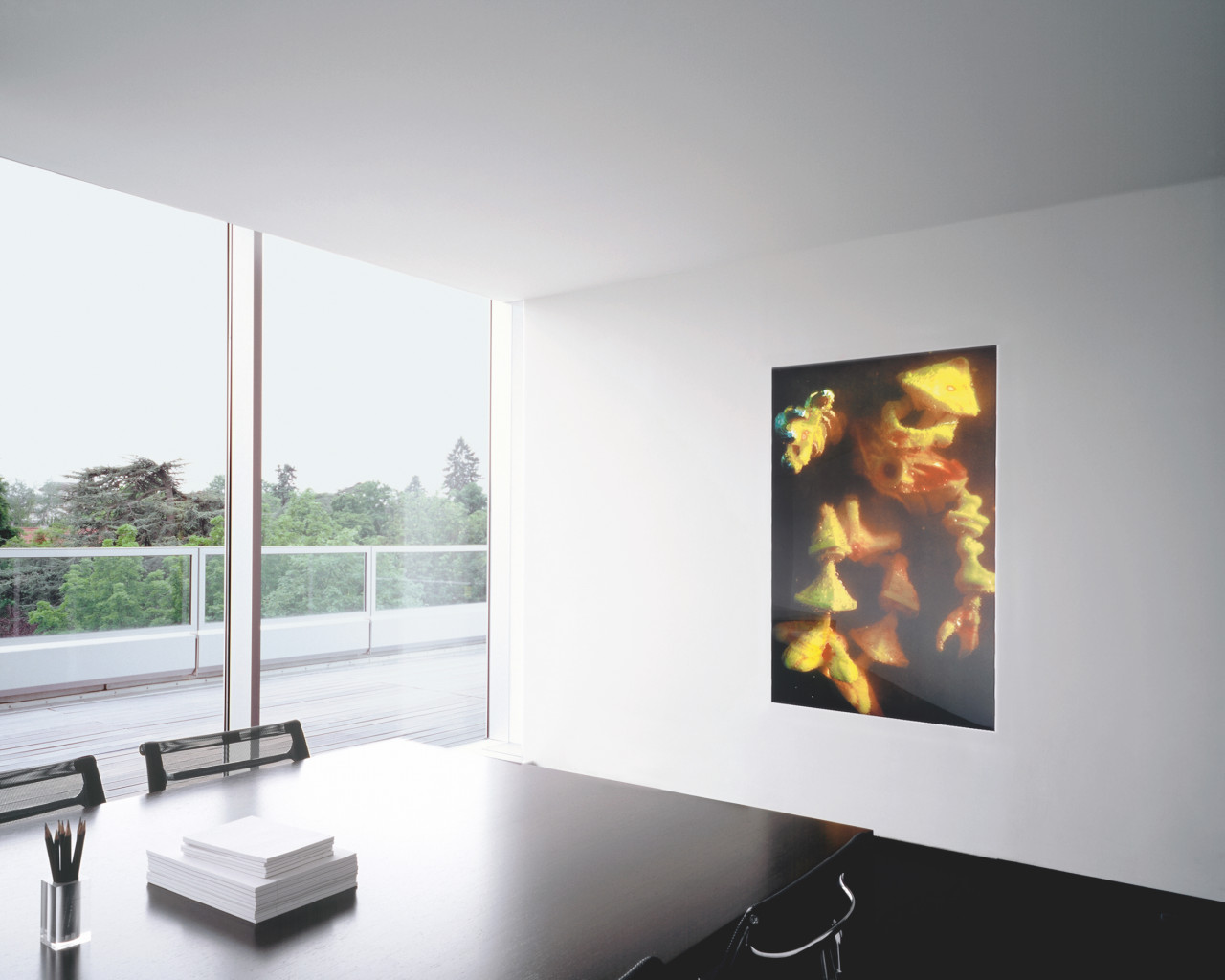
Cindy Sherman
Untitled (Wall Work), 1993
EUR 17,000
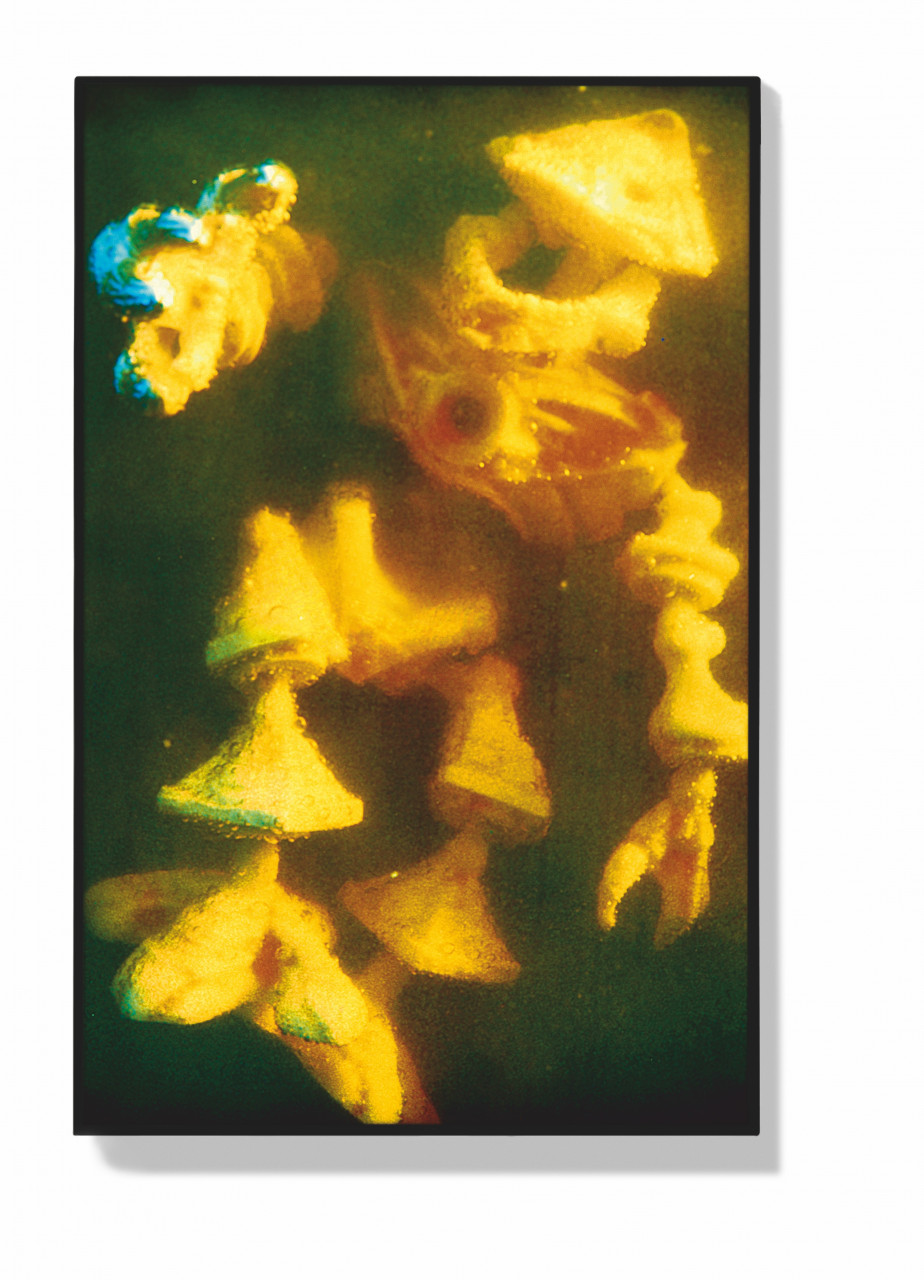
Cindy Sherman
Untitled, 1993
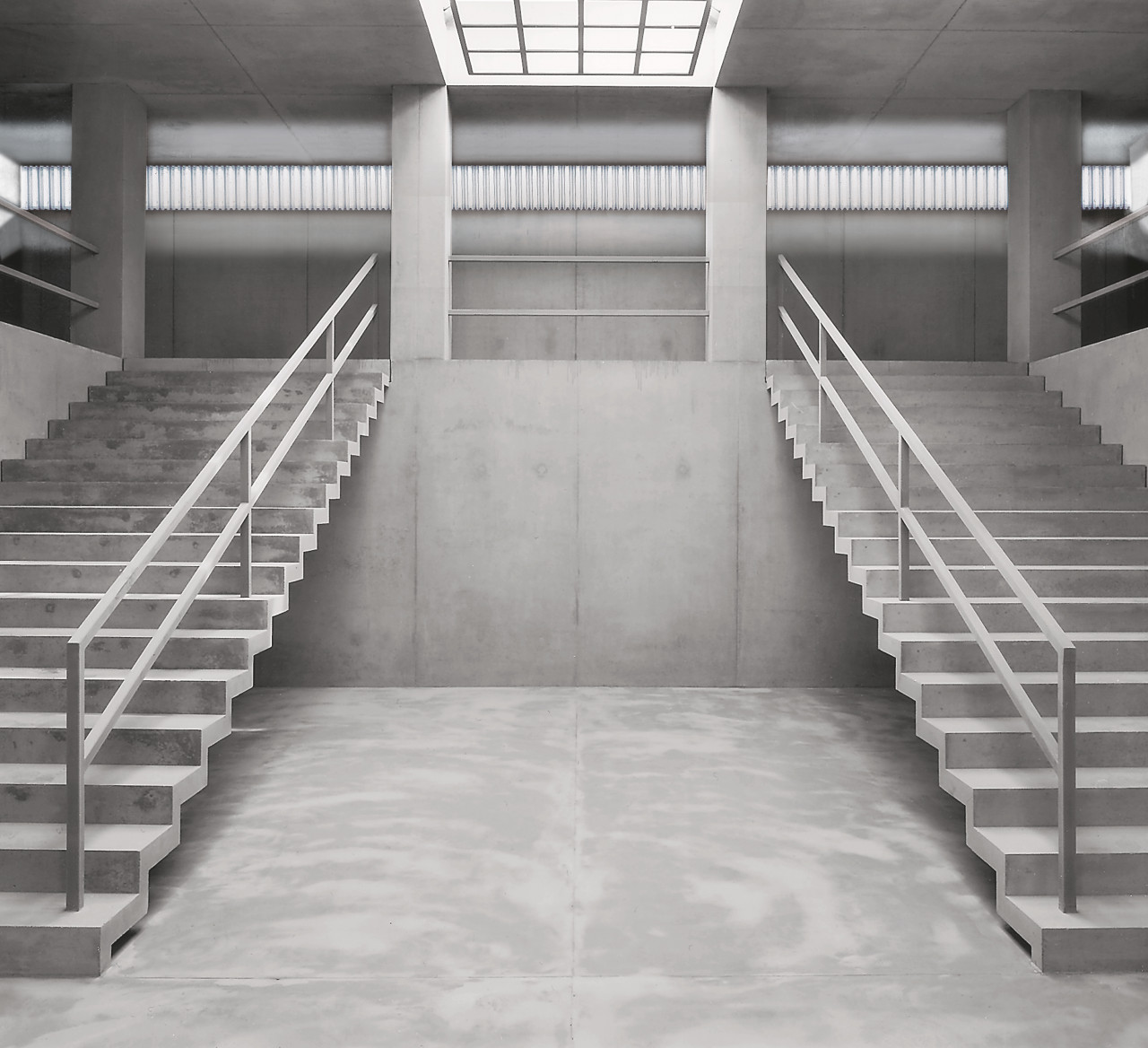
Gerhard Merz
Untitled (Wall Work 2), 1994

Dan Flavin
Untitled (to Robert Ryman), 1996

Dan Flavin
Untitled (to Barbara Nüsse), 1971

Daniel Buren
Three Light Boxes for One Wall, 1989
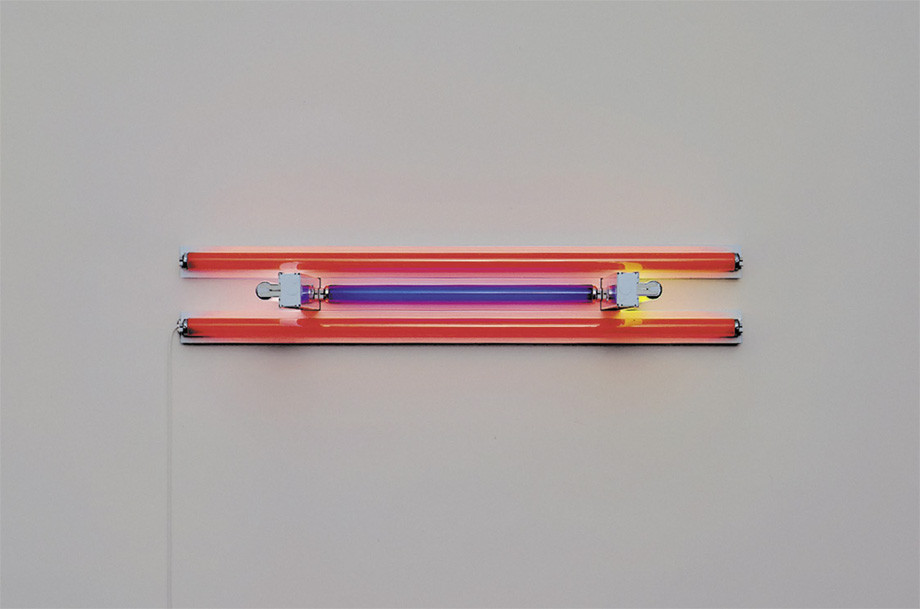
Dan Flavin
Untitled (to Madeline and Eric Kraft), 1992

Cindy Sherman
Untitled, 1989

Jenny Holzer
Amber Truisms Living / Blue Laments Arno, 2008

Michael Craig-Martin
Signs of Life, 2006
EUR 3,000
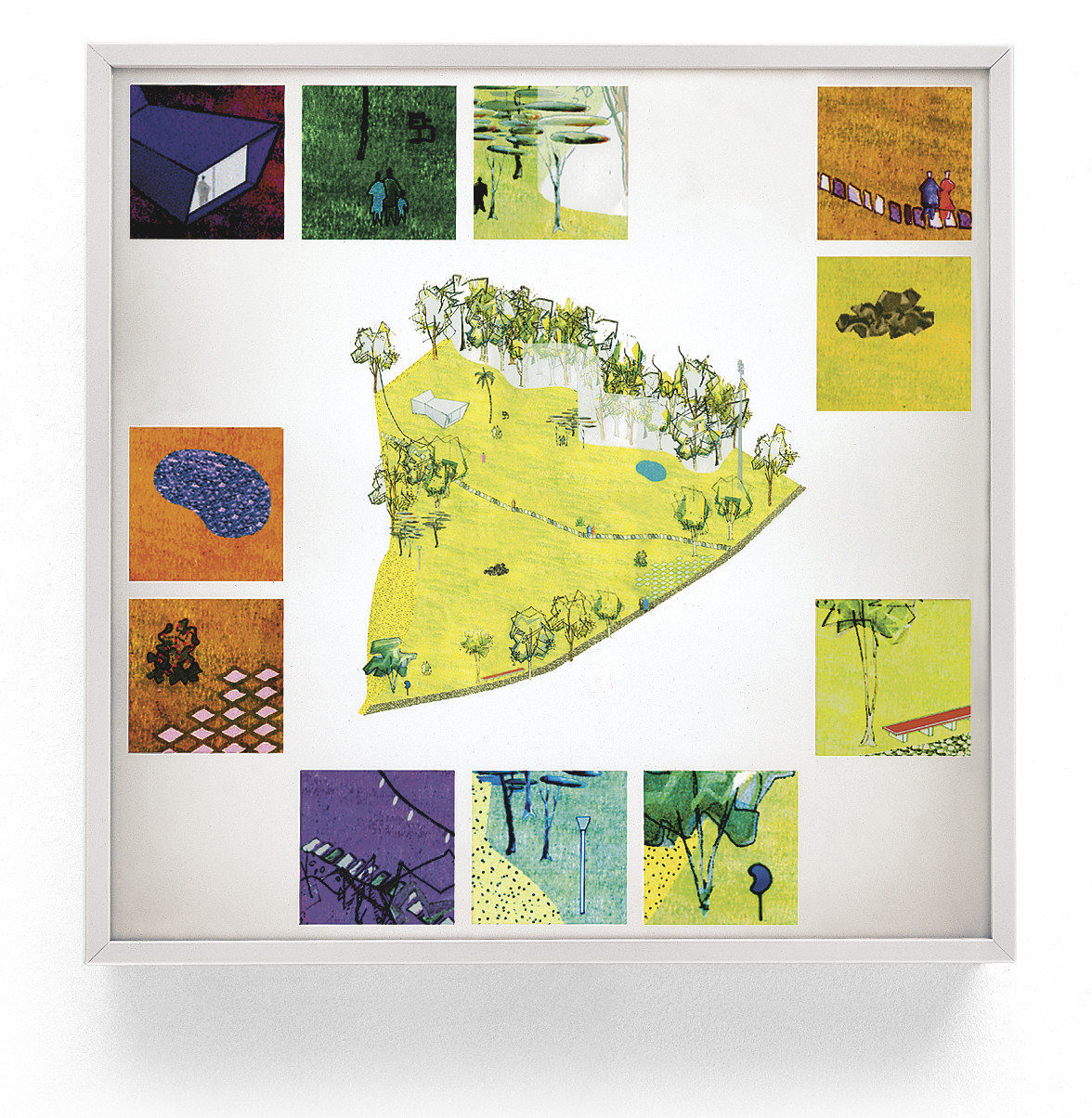
Dominique Gonzalez-Förster
Park, a Plan for Escape, 2002
EUR 1,800
What is light art?
Light art is a form of contemporary art in which light itself is the primary medium. Artists use artificial or natural light to create works ranging from sculptures and wall pieces to immersive environments and large-scale installations. These works often transform spaces and invite viewers to experience light as both material and idea.
How did light art develop as an art form?
While artists have long been fascinated by light, light art as a distinct form began to emerge in the early 20th century. Pioneers such as László Moholy-Nagy, who experimented with light projections and kinetic sculptures, and Naum Gabo, who incorporated illuminated elements into his constructions, laid the groundwork for the medium. In the 1960s and 1970s, artists like Dan Flavin, with his fluorescent tube installations, and Keith Sonnier, using neon and industrial materials, pushed light into the center of contemporary practice. Since then, advances in technology – from LEDs to digital projection – have expanded the possibilities, establishing light art as a vital and innovative field today.
Who are famous light artists?
Renowned light artists include Dan Flavin, known for his fluorescent tube installations; James Turrell, who uses light and space to create meditative environments; and Olafur Eliasson, whose large-scale installations often combine natural phenomena with artificial light. Other important figures include Bruce Nauman, Jenny Holzer, and Keith Sonnier, each of whom has explored light as a powerful artistic medium.